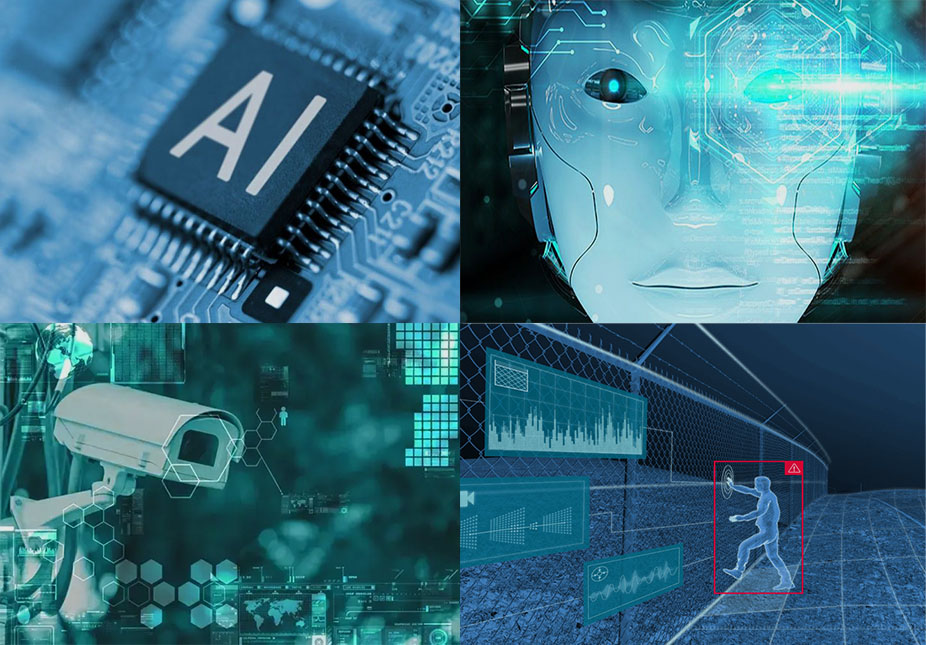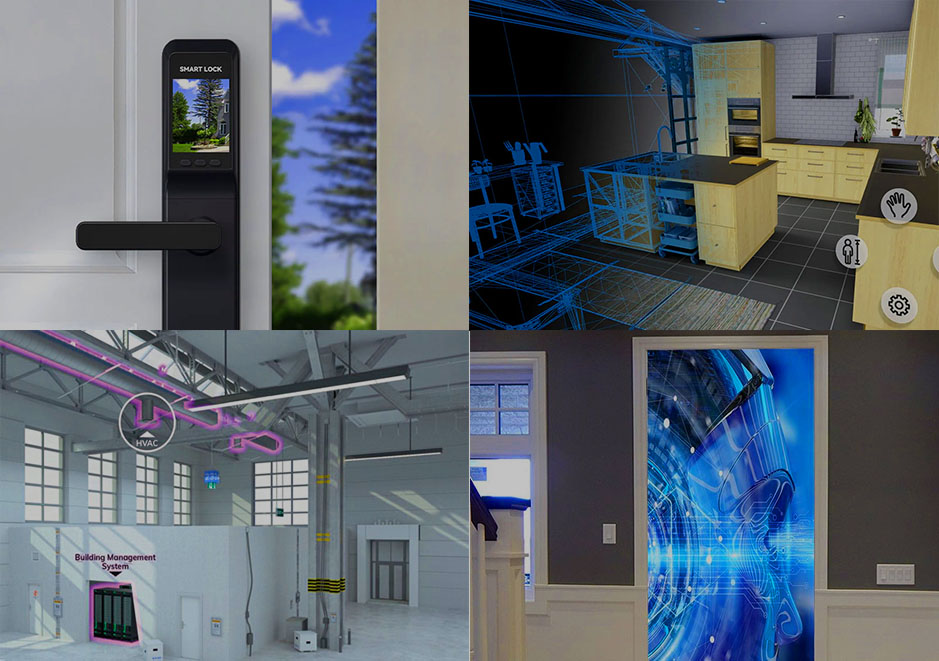For numerous organizations, perimeter protection is a top priority. However, while perimeter security is crucial, it poses specific challenges for users. One such challenge is false alarm triggers, such as mistaking animals or swaying trees for intruders. Meanwhile, end-users also demand specific features from security systems to safeguard the perimeter, such as intelligent search and business analytics capabilities. This is where artificial intelligence can prove invaluable.
Utilizing artificial intelligence for the detection and verification of suspicious activities can yield more accurate results and reduce the number of false alarms. AI-supported surveillance cameras can filter out non-threatening activities, having been trained for specific use cases, such as identifying individuals and vehicles. Furthermore, users now receive cameras with these pre-configurations, tuned "out of the box," making it easy for the end-user or integrator to customize the solution.
Incorporating artificial intelligence enhances the precision of perimeter security, addressing issues associated with conventional approaches. The synergy between perimeter protection and artificial intelligence offers a sophisticated and efficient solution, minimizing risks and elevating the overall level of security.
Benefits of Using Artificial Intelligence in Perimeter Security

Perimeter security involves detecting intrusions, loitering, and other suspicious activities along the perimeter. Video analytics based on artificial intelligence (AI) that can assist users in achieving these goals can be highly beneficial. The most common AI-based video analytics tools used for perimeter protection include:
- Outdoor optimized people and vehicle tracking, generating far fewer false alarms than standard motion detection.
- Automatic License Plate Recognition (ALPR), simplifying operations and record/report creation.
- Facial recognition, which can be used as part of two-factor authentication systems for high-security entities.
While other AI-based analytics tools are available, they typically serve niche or site-specific requirements and are therefore less common in applications for ensuring perimeter security.
Although AI in perimeter security is often employed with video surveillance systems, it can also be applied to data from other security sensors. AI can be used to identify key patterns, typically obtained through deep learning and other AI methods. However, critical systems used in high-security applications must handle unseen data or new situations in a predictable and controlled manner. This is where experience and careful security system development come into play. Advanced AI solutions can achieve higher levels of performance in areas such as reducing false alarms, but they should include precisely tuned fallback mechanisms to ensure detection in all permissible yet unverified scenarios. Here are some of the advantages of using artificial intelligence for perimeter protection.
Reducing False Alarms in Perimeter Security
As previously mentioned, a significant challenge in ensuring perimeter security is false alarm triggers, which can be mitigated through the use of artificial intelligence. Enhancing perimeter security sensors with artificial intelligence technologies can help avoid false alarms while increasing the likelihood of detection. For example, consider a perimeter adjacent to a high-traffic public area.

Artificial intelligence technologies can differentiate between the presence of people or vehicles along the perimeter and that of animals, debris, or environmental influences, thus eliminating the source of false alarm signals. Meanwhile, motion sensors continue to detect breaches at the entrance, avoiding the risk of false alarms caused by innocuous human activities along the perimeter (such as standing or walking alongside a public fence).
Also, motion sensors and identity detection can be installed indoors on interior doors. Contacts of a company that installs interior doors in Miami - https://indigodoors.com/contact-us/
Smart Search
Artificial intelligence also accelerates intelligent search, a crucial aspect during investigations. The ability to swiftly search through extensive records from street cameras, such as specific faces, car colors, or even distinctive hats, holds the potential for significant savings in terms of operator resources and the identification of easily overlooked events. Moreover, reducing the number of false alarms also aids organizations by decreasing the overall volume of events that are clearly irrelevant to the case.
Cost Savings
Properly designed artificial intelligence solutions offer substantial savings in operational expenses. At a high level, the automation of error-prone tasks reduces the costs associated with deploying officers to investigate and resolve incidents, making AI a force multiplier. Indirect savings include lower insurance and regulatory compliance costs, in addition to direct costs related to losses or liability resulting from intrusions. However, to realize these significant economic benefits of intrusion prevention technologies, precision with reduced false alarm rates in security alarm systems is essential.

Business Analytics
Lastly, artificial intelligence provides a wealth of insights for users to better plan the security of their perimeter. From a business analytics standpoint, high-quality data analytics is absolutely crucial, and AI can perform these processes quickly and at scale. This enables enterprises to better understand threats typically observed around the perimeter, plan security strategies to protect premises, and implement the right decisions to support their objectives.
Artificial intelligence technology is data-driven. The primary goal of AI-based video surveillance technology is to extract information from this data, mimicking human functions for real-time security operations.
However, the same data can be used over extended periods to gain analytical insights and trends that help security experts optimize operations.
In the retail space, artificial intelligence is already used to understand patterns of movement, traffic, and purchases that influence store layout, enhancing customer service quality. Similarly, in the context of perimeter security, security experts are beginning to use AI to design checkpoints, access controls, physical barriers, and more, leveraging AI-collected incident data.





